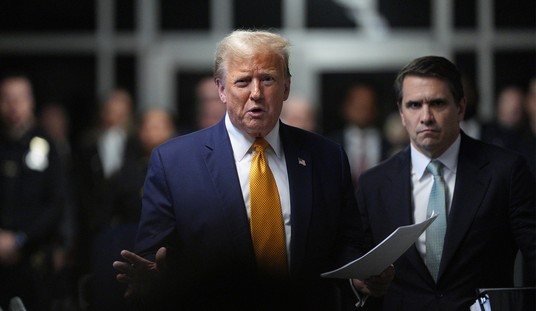While gold is rising, the trendy electronic crypto-currency Bitcoin collapsed from $19,363 on Sunday, December 17 to a low of $12,148 (down 37% in five days) on Friday, December 22, before rallying to close above $13,000 over the weekend (Bitcoin trades 24/7 and also on weekends). Apparently, investors are starting to realize that Bitcoin is only a creative computerized fiction, while gold is the Real Thing.
Although the “blockchain” technology of using Bitcoin for computerized buying and selling is probably an important technological advance for future economic exchanges, the market for cryptocurrencies is in its infancy – like automobiles a century ago, or computers 50 years ago or the Internet 20 years ago. There were hundreds of automakers in the 1920s, but only the Big Three survived. Same with computers and dot-com companies: Most fell along the wayside. The “hot stocks” of the 1920s were car companies, then computers in the 1970s and then dot-coms in the 1990s. Cars, computers and the Internet are for real, but most of the companies died. The same is true for Bitcoin. There are currently hundreds of obscure crypto-currencies competing for dominance. Bitcoin is the biggest, but it may not remain No. 1 for long. The technology is for real, but investing in a hot stock with a parabolic chart is usually not a smart move.
Some of the smartest minds in finance agree with this assessment. Warren Buffett called Bitcoin a “bubble,” in which “people get excited from the big price movements and Wall Street accommodates” them. Buffett added that “You can’t value Bitcoin because it’s not a value-producing asset.”
Recommended
Jamie Dimon, Chairman and CEO of JPMorgan Chase, praised blockchain technology but called Bitcoin a “fraud,” saying that “it won’t end well.” Later, he added that “the only value of Bitcoin is what the other guy will pay for it. Honestly, I think there’s a good chance that the buyers out there are jazzing it up every day so that maybe you’ll buy it too, and take them out.” In addition, Janet Yellen and other central bankers have warned that Bitcoin is a “speculative asset” and not legal tender, as gold is. This is more or less a veiled threat that the central bankers of the world will not honor the validity of Bitcoin transactions.
It’s a pretty safe bet that gold will continue to hold its value in 2018, but Bitcoin will probably not.
Gold’s Amazing Winter Surges
Gold is having its best year since 2010, up over 11% for the year, with only a few trading days left in 2017. More importantly, gold has strong upward momentum in the last half of December, rising from a low of $1,240 on December 12 – the day before the Federal Reserve’s rate increase – to $1,283 the day after Christmas. Some technical analysts say that if gold closes over $1,280 as a “resistance level,” it could quickly rise to $1,300 per ounce, perhaps within the next few days – in its regular “winter surge.”
Something amazing has been happening under the radar in the last five years. Normally, September through December has been the “golden season” for gold’s increase, due to seasonal gold fabrication demand for jewelry gifts in preparation for fall and winter holidays in various cultures. In the last five years, however, mid-December to March has been gold’s annual “hot spot,” perhaps due to the Chinese New Year, but more recently due to three Federal Reserve interest rate increases in mid-December.
The first mid-winter surge took place in early 2014 in conjunction with the Winter Olympics in Sochi, followed by Putin’s audacious takeover of the Crimea and invasion of eastern Ukraine. Then, during the last three years, gold’s low point came in the second half of the year – twice within a day of the Federal Reserve’s announcement of a 0.25% interest rate increase.Oddly, the reigning belief of the anti-gold market pundits is that gold would fall after interest rates rise, since gold “offers no interest income” and is therefore at a disadvantage to higher-interest currencies, but it turns out gold rallies when rates are raised:

We don’t know how far gold will rise this winter, but gold has risen by double-digit percentages in each of the last four winters. So far, gold is up about 3% (in the last two weeks), so it could have a lot of room left to grow before March. Now is the time to get on board before the bulk of gold’s winter gains arrive.
























Join the conversation as a VIP Member